FAQs
1. What is the Alexander Technique useful for?
The Alexander Technique is useful for moving through any activity you want to do with more ease and less effort, improving coordination and balance, and reducing the chance or impact of injury. It can be applied to working at a computer, washing dishes, carrying heavy objects, gardening and much more.
2. Why do you call yourself a teacher not a therapist?
I call myself a teacher not a therapist because I do not offer a 'cure' for specific problems, nor do we focus on ‘fixing’ them. I work with a person’s whole coordination, teaching them to work with themselves.
3. Who can benefit from Alexander lessons?
Alexander lessons have helped:
• people who want to improve their performance, such as actors, dancers, singers, musicians, public speakers, teachers/lecturers
• people with stress-related ongoing pain and tension, such as chronic low back or neck pain arising from computer and desk work or ‘text neck’ from use of laptops, phones & iPads
• people who seek fitness through yoga, exercise, sports, dance or other physical conditioning, and want to improve their practice
• people with Parkinson’s or other neurological conditions who wish to keep their movement and mobility as long as possible
• people of any age or condition who wish for more easeful coordination, movement and balance in everyday life
4. What will I learn?
Lessons are experiential. You will learn what you are doing to ‘get in your own way’, and how to interrupt these habitual patterns of interference through applying 'thinking in action.' You will also learn ‘constructive rest,’ which you can practice at home in between lessons.
5. How many lessons do I need?
10 lessons are recommended. The effect of this kind of learning is cumulative, and like any kind of mental and physical training it requires patient application over time.
6. How frequently should I come for lessons?
Once a week is optimal, but other frequencies are also beneficial. You may design your own package.
7. How much will this cost?
$85 per hour. Packages of 10 private lessons cost $750, payable in 3 instalments of $250 each. HST is included. Bring a friend and split the cost: create a semi-private lesson package!
8. Can i book a trial lesson?
I do not offer free trial lessons - but if you would like to take one private lesson before committing to more, you may include the first lesson in booking a subsequent package, effectively reducing the cost. I offer introductory workshops on an occasional basis, see calendar.
9. What about group classes?
Group classes cost $285 (HST included) for a set series of 10 classes once per week (see calendar for schedule). Drop-in cost: $30 (if space). Class size 3-6.
10. What should I wear?
Wear everyday clothes, as you will be doing activities that you would normally do everyday. You will also be lying down on my teaching table, so bear your own comfort in mind when choosing your outfits (i.e. if wearing short skirts, then tights are useful, or perhaps choose looser pants rather than tight jeans).
11. Do I need special equipment?
No special equipment is needed unless you want to work on a special activity. If so, bring whatever you need along – your guitar, your paintbrush, your tennis racquet, etc.
12. What can I expect in a private lesson?
In a private lesson, with your consent, you will receive gentle hands-on feedback as you do simple everyday activities such as sitting, standing, and walking. You will also lie on your back on my teaching table and practice the thinking skills you've learned while I gently make contact with your head, and also move your arms and legs. You may choose to bring an activity to work; we may play with balls or other objects in my studio.
13. What can I expect in a group class?
In a group class, with your consent, you will do some of the same activities while learning to observe other people in action, which can be very useful. We play group games and do explorations, with balls or other objects. There is less individual hands-on, but more interaction and social stimulus. It is a valuable opportunity to notice yourself as you work and play with others - group learning can be a very powerful tool.
14. What does ‘hands-on’ work mean?
“Hands on work” refers to the way a trained Alexander teacher uses their hands to both listen to and communicate with their student through their whole neuromuscular organization. This involves gentle contact with hands on shoulders, back, head and neck, arms and legs. It is not manual therapy, I do not use my hands to manipulate you, or massage you. Nor am I using my hands to send energy, as in reiki or other energy work, although “hands on” touch can be experienced as ‘relaxing’ or ‘calming’. My hands offer experiential feedback for the student to discover more about their own whole body coordination.
15. When and how will I feel results?
Results may vary – as it says on the TV infomercial! Many people notice some kinaesthetic change in their very first lesson, typically a sensation of lightness, effortlessness or ease. While the long-term effects of taking Alexander lessons are cumulative, the immediate change in each lesson is often palpable. The challenge is in letting go of the desire to ‘hold on’ to this feeling. This is impossible, as what people experience is a ‘falling away’ of excess tension and effort – and therefore there is ‘nothing’ to hold on to. The act of ‘holding’ in itself is a source of unnecessary muscular engagement or ‘stiffening’.

